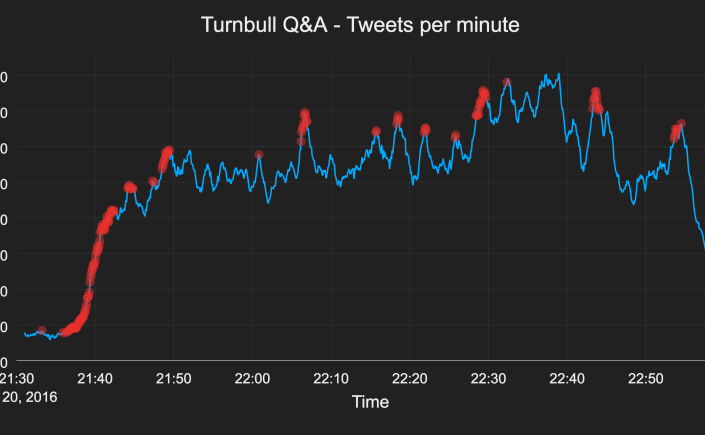Wine tasting notes and reviews are usually an exercise in self indulgence, in more ways than one. Most are completely unrelated to how you’ll actually enjoy the wine – they’re more about making the reviewer look good. And that’s important, because if people don’t think the reviewer has some special, rarefied insight into wine, then no one will care what they say, and they’ll stop being sent free wine and being invited to wine tasting events.
Take Nick Stock’s review of Clonakilla’s top notch 2015 Shiraz Viognier:
The aromatic spectrum is vast, from fine musky florals to white pepper and almost every imaginable spice, then an incredibly exuberant explosion of fruit, boysenberry, raspberry, cherries of every shade, and plums from red to blue and purple; it is full of life.
The palate has an incredibly deep draw, total palate saturation of ripe red cherry, raspberry and red plum flavor, chocolate and a dusting of white pepper. The tannins radiate light and energy, bright from start to finish. Perfectly ripe, seamlessly balanced and actually very approachable.
Drink it now, but there’s plenty to come in time; this will be best from 2022.
The wine may or may not actually be full of life, but I certainly know what the review is full of. Every shade of cherry! An impressive palate indeed.
It makes you wonder how reviewers actually come up with their reviews. I suppose more pithy and factual reviews would quickly become self-similar. But perhaps there’s a market for a tool to help reviewers hone their prose.










